M3d-CAM is an easy to use Pytorch library that allows the generation of 3D/ 2D attention maps for both classification and segmentation with multiple methods such as Guided Backpropagation,
Grad-Cam, Guided Grad-Cam and Grad-Cam++.
All you need to add to your project is a single line of code:
model = medcam.inject(model, output_dir="attention_maps", save_maps=True)- Works with classification and segmentation data / models
- Works with 2D and 3D data
- Supports Guided Backpropagation, Grad-Cam, Guided Grad-Cam and Grad-Cam++
- Attention map evaluation with given ground truth masks
- Option for automatic layer selection
- Install Pytorch from https://pytorch.org/get-started/locally/
- Install M3d-CAM via pip with:
pip install medcam
M3d-CAM is fully documented and you can view the documentation under:
https://meclabtuda.github.io/M3d-Cam/
| #1 Classification (2D) | #2 Segmentation (2D) | #3 Segmentation (3D) | |
|---|---|---|---|
| Image | 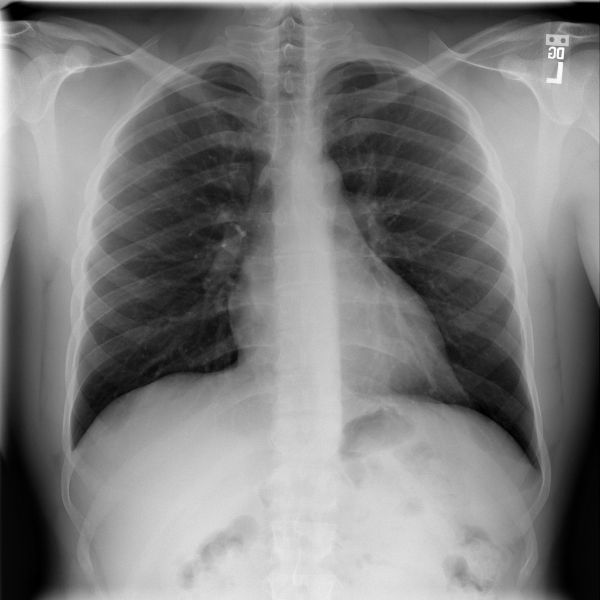 |
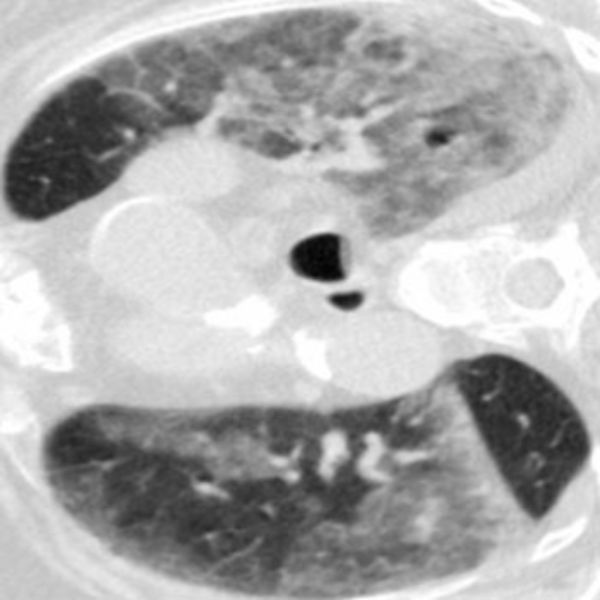 |
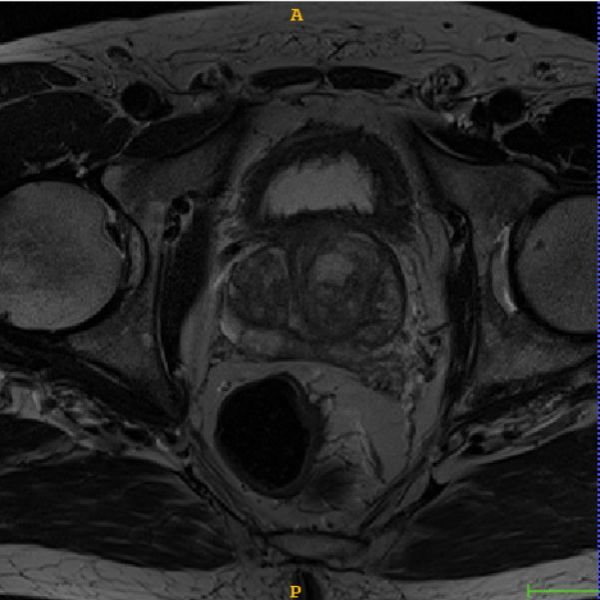 |
| Guided backpropagation | 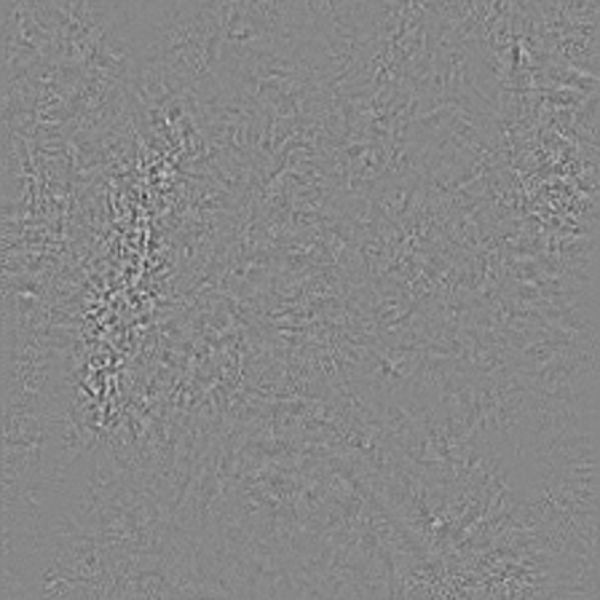 |
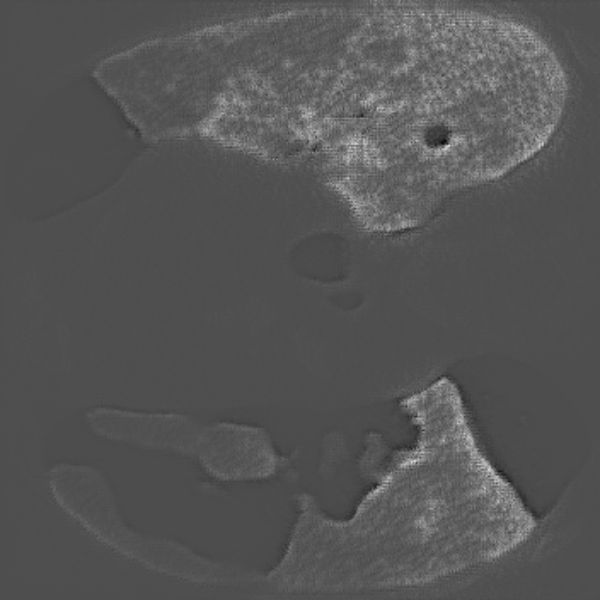 |
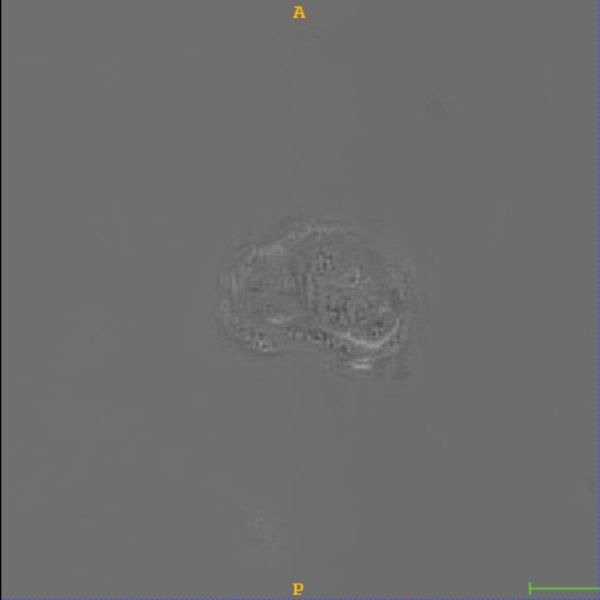 |
| Grad-Cam |  |
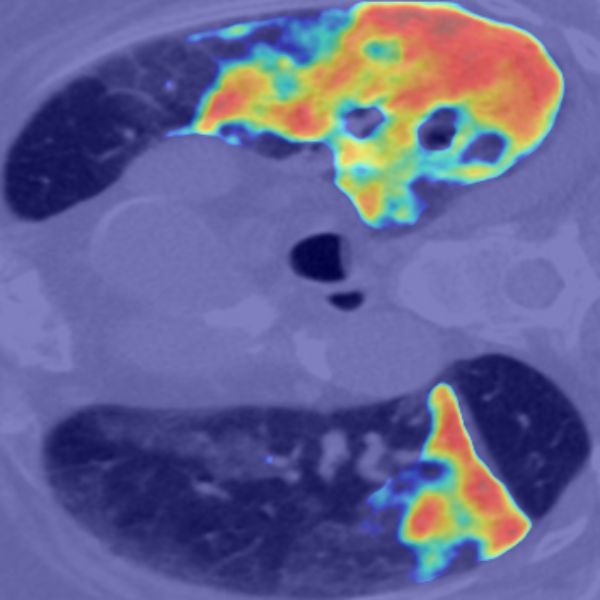 |
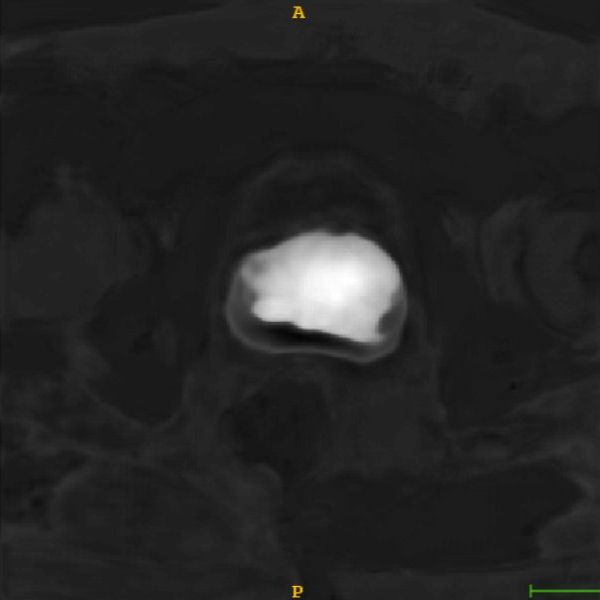 |
| Guided Grad-Cam | 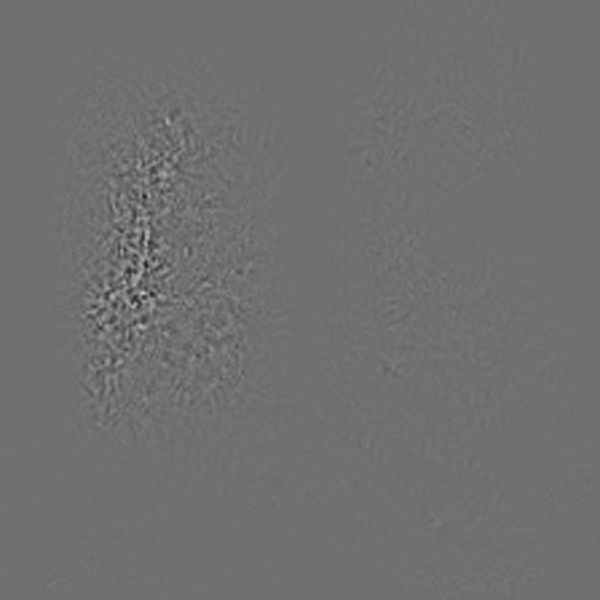 |
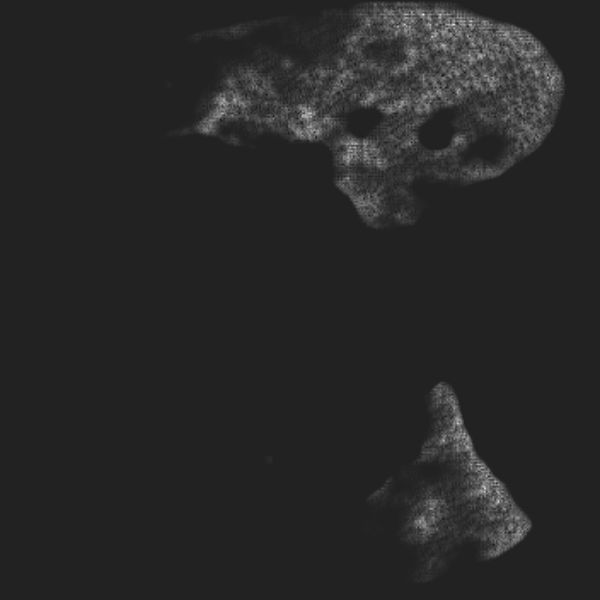 |
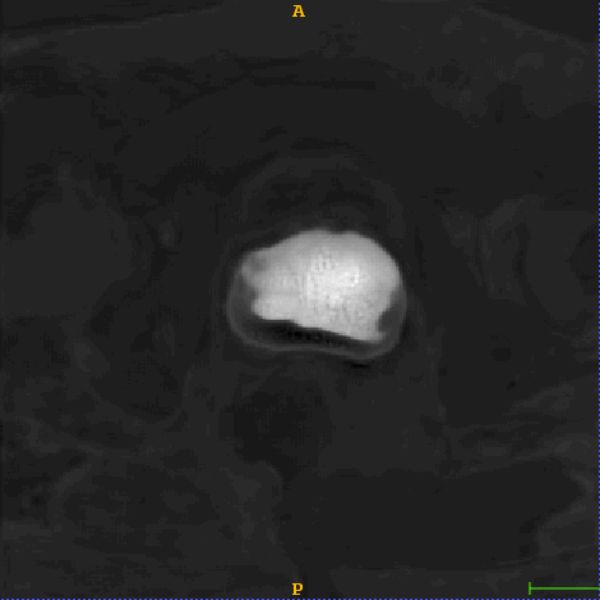 |
| Grad-Cam++ | 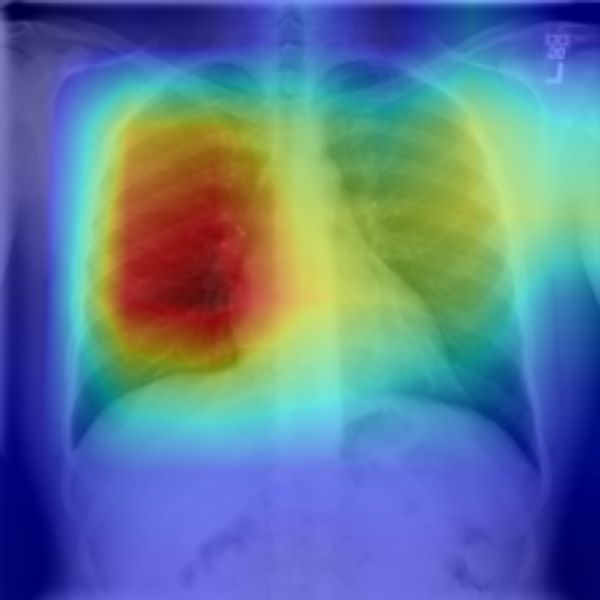 |
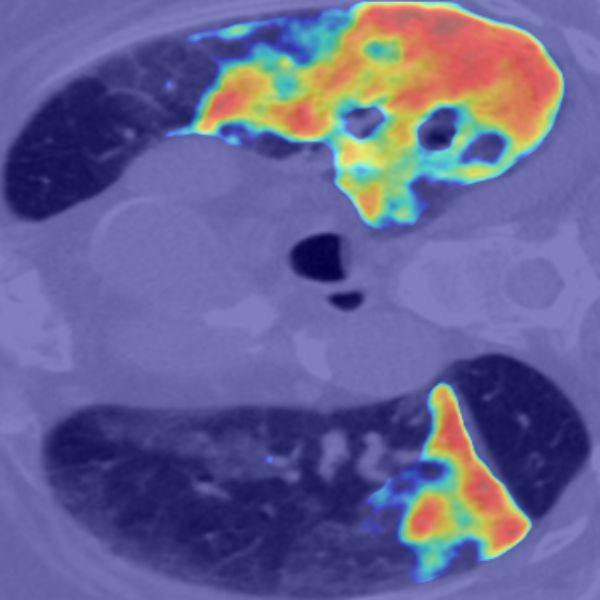 |
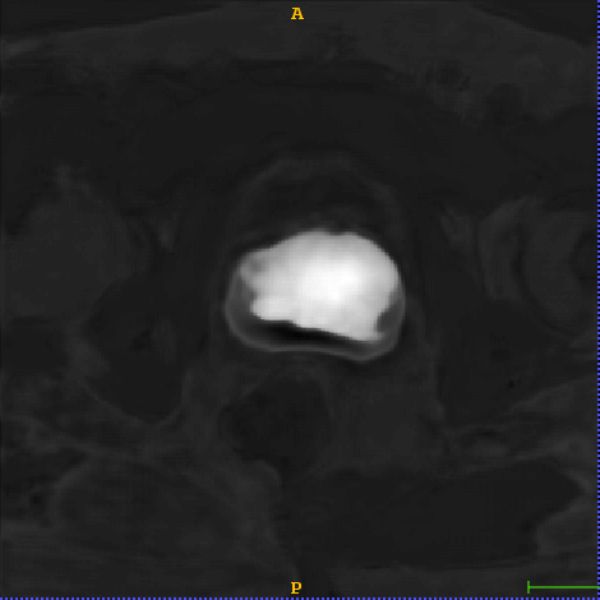 |
# Import M3d-CAM
from medcam import medcam
# Init your model and dataloader
model = MyCNN()
data_loader = DataLoader(dataset, batch_size=1, shuffle=False)
# Inject model with M3d-CAM
model = medcam.inject(model, output_dir="attention_maps", save_maps=True)
# Continue to do what you're doing...
# In this case inference on some new data
model.eval()
for batch in data_loader:
# Every time forward is called, attention maps will be generated and saved in the directory "attention_maps"
output = model(batch)
# more of your code...You can find a Jupyter Notebook on how to use M3d-CAM for classification using a resnet152 at demos/Medcam_classification_demo.ipynb or open it directly in Google Colab:
TODO
You can find a Jupyter Notebook on how to use M3d-CAM with the nnUNet for handeling 3D data at demos/Medcam_nnUNet_demo.ipynb or open it directly in Google Colab:
If you are using M3D-CAM for your article, please consider citing this tech report and the following papers:
@misc{2007.00453,
Author = {Karol Gotkowski and Camila Gonzalez and Andreas Bucher and Anirban Mukhopadhyay},
Title = {M3d-CAM: A PyTorch library to generate 3D data attention maps for medical deep learning},
Year = {2020},
Eprint = {arXiv:2007.00453},
}
@inproceedings{selvaraju2017grad,
title={Grad-cam: Visual explanations from deep networks via gradient-based localization},
author={Selvaraju, Ramprasaath R and Cogswell, Michael and Das, Abhishek and Vedantam, Ramakrishna and Parikh, Devi and Batra, Dhruv},
booktitle={Proceedings of the IEEE international conference on computer vision},
pages={618--626},
year={2017}
}
@inproceedings{chattopadhay2018grad,
title={Grad-cam++: Generalized gradient-based visual explanations for deep convolutional networks},
author={Chattopadhay, Aditya and Sarkar, Anirban and Howlader, Prantik and Balasubramanian, Vineeth N},
booktitle={2018 IEEE Winter Conference on Applications of Computer Vision (WACV)},
pages={839--847},
year={2018},
organization={IEEE}
}

